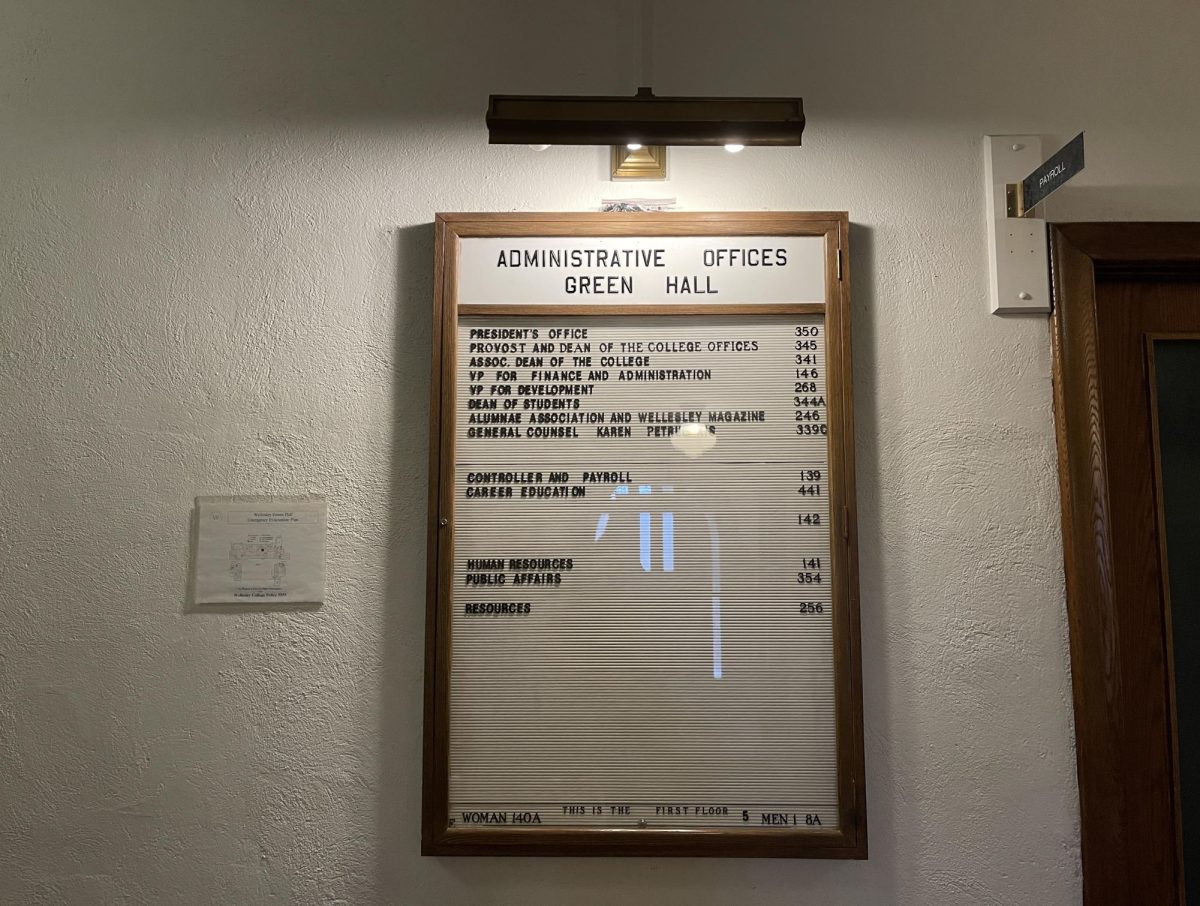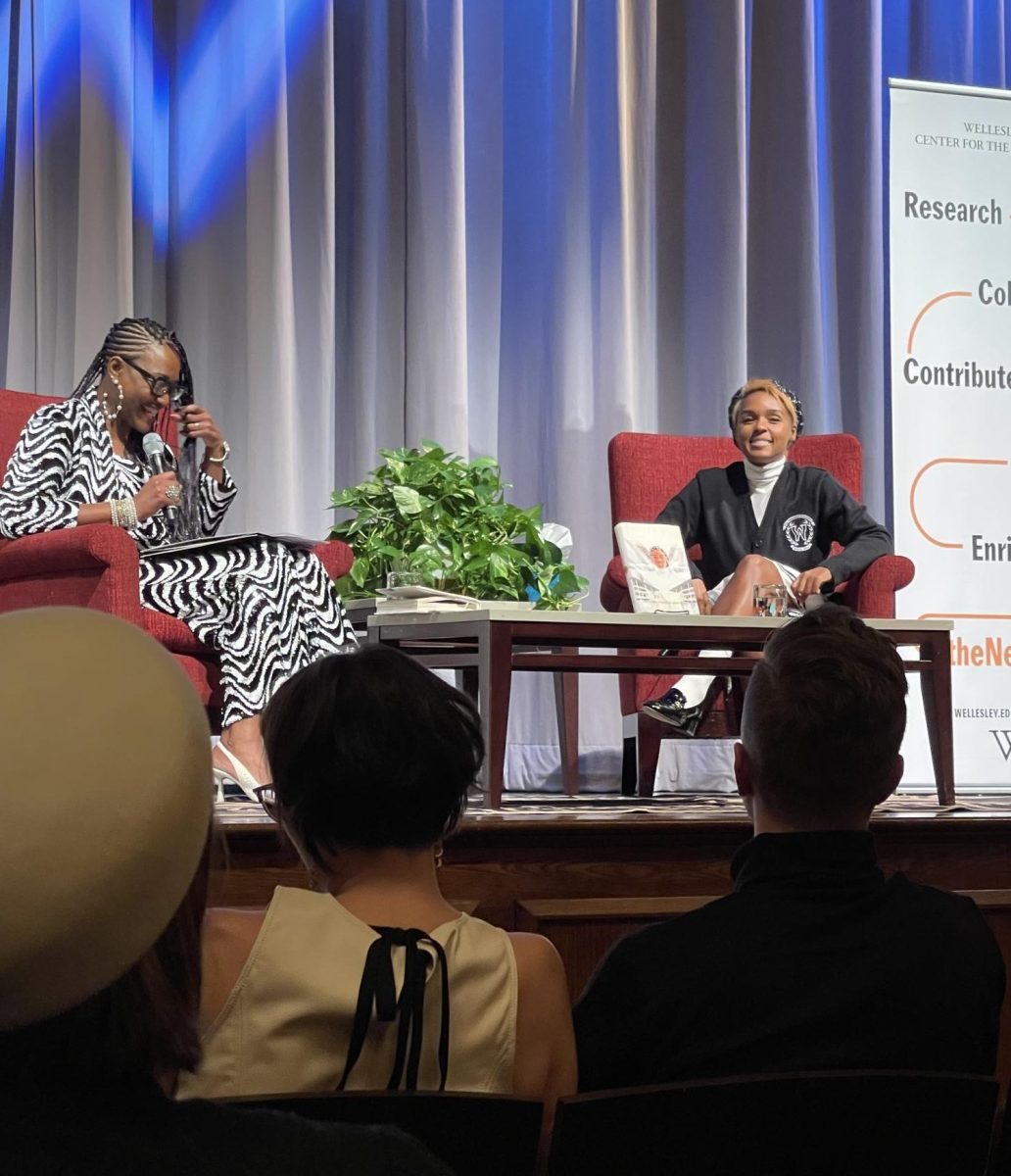Two weeks ago, CNN released video footage showing West African migrants in Libya being auctioned as slaves by smugglers for as little as $400. The video went as many viewers expressed their anger on various social media platforms. So far, only a few cities have organized protests and many government leaders haven’t reacted to this news. Most reactions are found online with hashtags like #SlaveryMustEnd followed by #KeepSharing. Some people might argue that social media is an efficient tool for mass mobilization, but it has limitations. It fails to adequately express the degree of urgency, and the depth of crucial issues and its restricted to raising awareness only.
Libya has a long-standing problem with the over ow of migrants and the resulting slave trade. The International Organization for Migration (IOM) reports that slave markets have been operational in Libya since 2006 and estimates that there are 700,000 to 1 million migrants in Libya. These migrants leave their countries because of political instability, poverty or persecution, cross the Sahara desert and reach Libya with hopes to land on the European continent. Following the fall of Muammar Gadda , Libya has been in a state of political chaos and civil war, leaving an open door for human trafficking. Many countries and international organizations have turned their backs on this crisis over the past years, and one can question whether we should rely on social media to put an end to this human atrocity.
One of the main concerns about social media protests is that a post about slavery will fall on the same feed as the news about Prince Harry and Meghan Markle’s engagement meaning most people will read it the same way they read any other article on the web. We read it, perhaps share it on our timelines, scroll down a little bit, find another funny video of Kevin Hart, laugh about it and then forget about what we had seen before. Because such platforms are usually used for entertainment, we don’t give a post about abolishing slavery as much attention as it deserves. There is no clear difference between how we virtually respond to news about slavery and how we respond to a hilarious meme, which takes away the power of our protest. Unless Facebook decides to emphasize the emergency of the situation by sending alert posts, like they did during the Paris Attack, we usually fail to make people around the world understand that the situation is an emergency. Therefore, it is no surprise that weeks after the video release, many people around the world haven’t responded or acted to denounce this slave trade.
Social media also tends to simplify the matter we are protesting. Facebook and Twitter posts have reduced entire complex issues to hashtags like #SayNoToSlaveryInLibya or #SlaveryMustEnd. We don’t want to explore what is beyond the hashtag. In this case, we are tweeting about ending slavery in Libya, but we are not addressing any of the circumstances that led to the current situation. Most people post more pictures than reflections about the different sources of this slave trade, and don’t explore the different ways we can address this issue other than saying “no” in all the languages that we can think of. The slave trade in Libya is a result of events and actions taken by world leaders and international organizations. Therefore, if we manage to get five million likes for a video post just because it shows a man being bargained over in the dark without pointing fingers at what went wrong or who should be held accountable, the movement will be in vain. I think that we should use social media not only to condemn the trade, but also to start meaningful conversations on our timelines. Just because a hashtag is trending doesn’t mean that actions are being taken to destroy the slave markets or to prevent the slave trade from happening.
Awareness without action is no better than silence, and social media has turned people into passive protesters. We feel better just because we shared a post, but at the end of the day, the man who is being sold will still be bought despite the anger we expressed in our posts. Social media teaches us that it is acceptable to limit our actions to an Instagram post or to change our Facebook profile picture and move on with our lives. We have come to believe that social media posts are an effective and complete form of protest. Yet there is no structure in these protests; there is no plan of action. This slave trade in Libya has been going on for a decade now, and there has been little to no reaction or action from most of our government leaders. Watching 12 Years a Slave or Roots, I always thought that had I been there 400 years ago, I would have fought to prevent such crimes from happening. Today, I wonder how different I am from my silent ancestors, if I am just with 100 likes on my Facebook post without causing any tangible change.
I believe that raising awareness on social media is just a small step to fighting against slavery or any other pressing issue. We cannot expect that social media alone will drive political change. Social media protests are fragile, and they vanish as quickly as they form. It is easier to make a hashtag trend or a video go viral than it is to actually abolish slavery. The success of a movement is measured in more than the number of posts it has. This anti-slavery movement will only be successful if we step out of our screens to take actions in real life.



